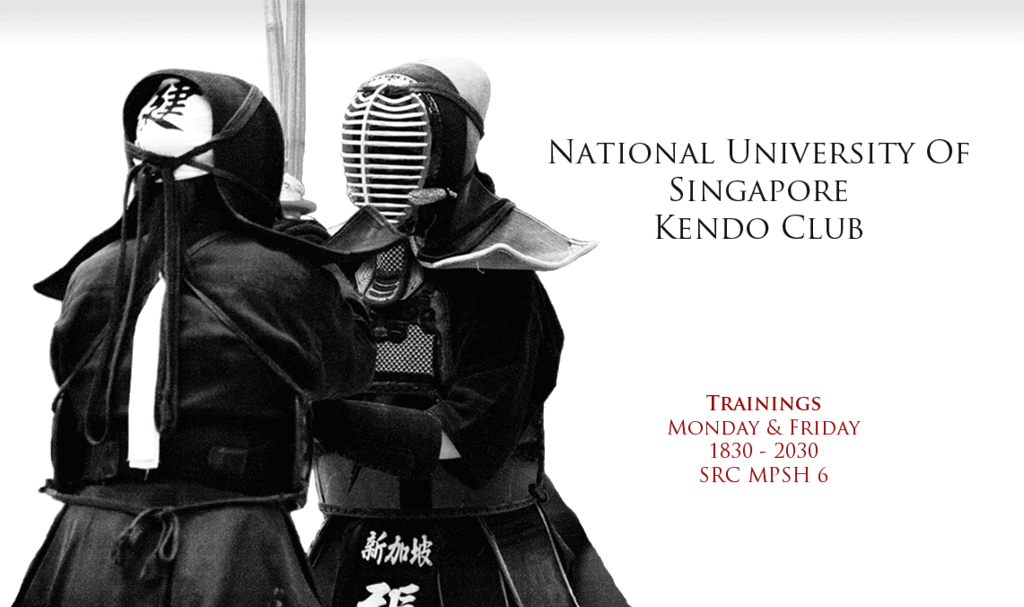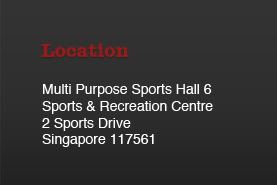Monday, September 20, 2010
Welcome Tea 2010
By Maureen
Our annual Welcome Tea was held on the 16th of August at MPSH6 this year. It was refreshing to see many new faces who were interested in finding out more about kendo and our club!




Visitors to the dojo are greeted by our Floor Managers of the day

We have very good business (:


Participants were spilt into groups! Introduction time ensues.
Some participants get to try out sitting in seiza position.



Our seniors don their bogu and prepare themselves for the various demonstrations

President Chee Fung addressing the large turnout of visitors.
We officially begin our Welcome Tea!


Demonstrating the kihon cuts that we practise in training
Demonstrating a shiai (tournament) scenario with a shimpan (referee)

Demonstrating kata practice


Our participants look on with great interest
Chee Fung helps to explain what each demonstration is for
Following our demonstrations, we proceed to allow our participants to try some hands-on activities, and at the same time help to explain the basis behind the previous demonstrations.

Booth 1: The Art of Cutting
Zehao & Weber
At this booth, Zehao explained the basics on how to cut and the target points which are mainly Men (head), Kote (forearm) and Do (chest plate).



Booth 2: The Art of Protection
Weilun & Gervinn & Benjamin Tan
Gervinn and Weilun gave an explanation on the parts of the Bogu (armor). The freshies were also given the option to try on some parts of the bogu!




Booth 3: The Art of Swinging
Wenhao & Hai Hsian
Wenhao demonstrated on how to hold the shinai (bamboo blade) and also the brief mechanism behind the swinging of the shinai. The freshies held the shinai and did some basic suburi exercises (cuts) to get the feel of swinging the shinai!

Kitt, Shannon & Jesse
Kitt, Shannon and Jesse gave an explanation on what is Kata and why we practice it. The bokkens (wooden blades) were handed out to allow the freshies to hold and feel it. They were also taught various kemai positions such as jodan.
At the end of the day we were highly satisfied with our work! The welcome tea was a great success (:


If you missed our Welcome Tea,
or signing up for our Beginner's course,
Don't forget that there's always next year (:






























